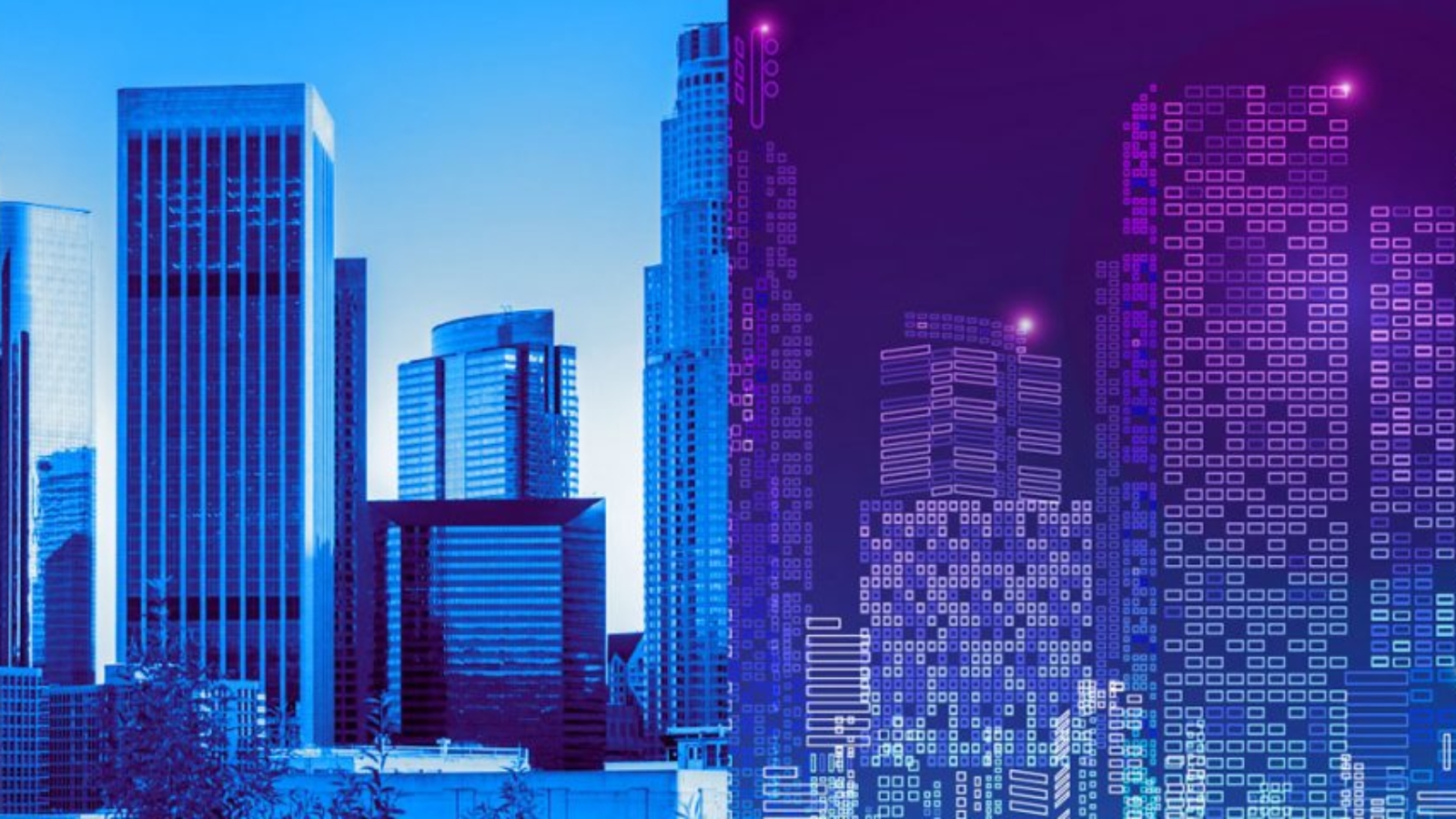Cities are complex systems that are constantly evolving. As cities become more connected and data-driven, there is a growing need for advanced tools to manage and optimize urban infrastructure. Digital twin technology offers a powerful solution for cities to create virtual models of their physical infrastructure, allowing for simulation, analysis, and optimization. In recent years, there has been a surge in global digital twin projects, with cities around the world leveraging this technology to improve urban planning and management.
One of the most notable examples of a global digital twin project is Singapore’s Virtual Singapore. The city-state has developed a digital twin of the city’s water supply system, which includes 8,000 kilometers of pipelines, reservoirs, and pumping stations. The digital twin is used to monitor the water supply in real time, detect leaks, and optimize the system’s performance. Singapore is also developing a digital twin of the city’s transportation system to simulate traffic flow and optimize routes.
Dubai is another city at the forefront of digital twin technology. The city has developed a digital twin of the entire city, which includes a 3D model of all buildings and infrastructure. The digital twin is used to monitor and optimize city operations, such as energy consumption and waste management. The city is also developing a digital twin of its transportation system to simulate traffic flow and optimize routes.
Another notable example is the City of Helsinki’s Virtual Helsinki project, which aims to create a digital twin of the city’s public spaces. The project will allow citizens to explore and interact with virtual versions of parks, buildings, and streets, providing a new platform for citizen engagement and feedback.
In the United States, the City of Los Angeles has launched a digital twin project to improve urban planning and emergency preparedness. The project aims to create a virtual model of the city’s infrastructure, including transportation networks, water management systems, and public safety infrastructure. The digital twin will be used to simulate different scenarios and inform decision-making in emergency situations.
In China, the city of Shenzhen has launched a digital twin project to optimize urban planning and management. The project aims to create a virtual model of the city’s infrastructure, including transportation networks, buildings, and public spaces. The digital twin will be used to simulate different scenarios and optimize urban planning decisions, improving the efficiency and sustainability of the city’s infrastructure.
These are just a few examples of the global digital twin projects underway in cities around the world. As technology continues to evolve, it is likely that we will see even more innovative applications emerge in a wide range of industries.





my dear friend, so absorbed in the exquisite sense of mere tranquil existence, that I neglect my talents.
I feel that I never was a greater artist than now. When, while the lovely valley teems with vapour around me, and the meridian sun strikes the upper surface of the impenetrable foliage of my trees, and but a few stray gleams steal into the inner sanctuary.